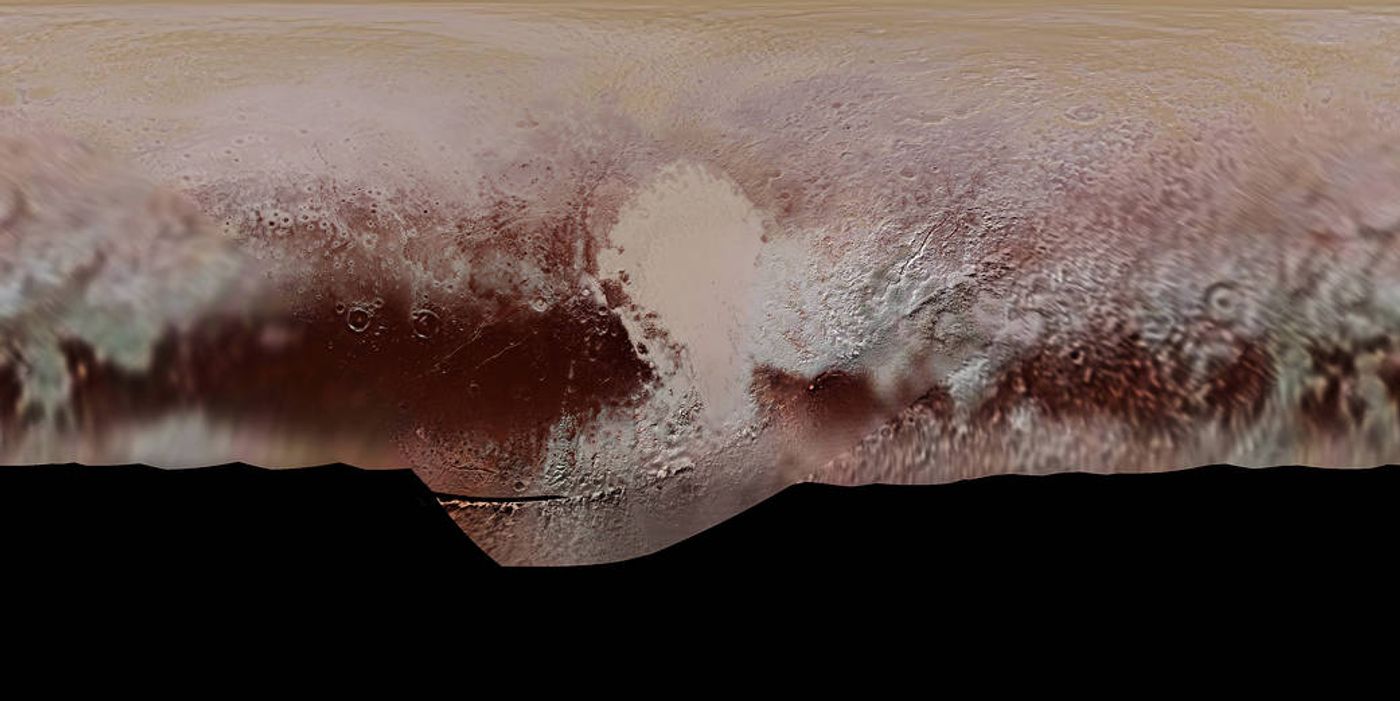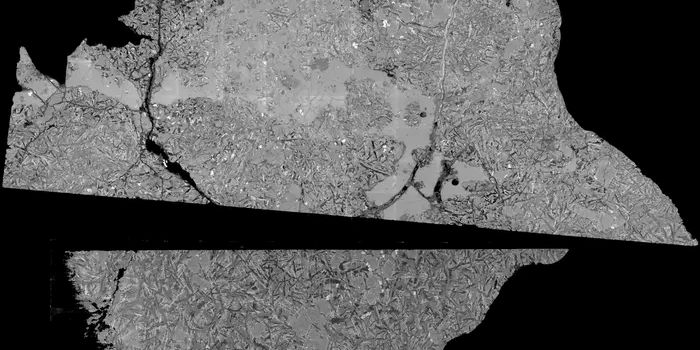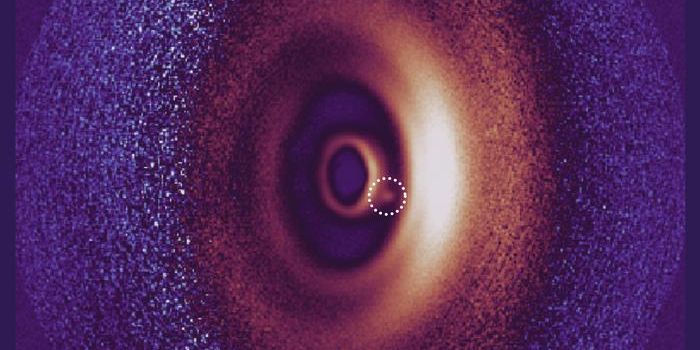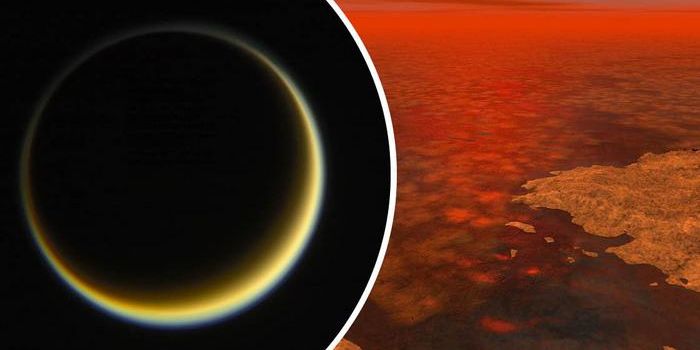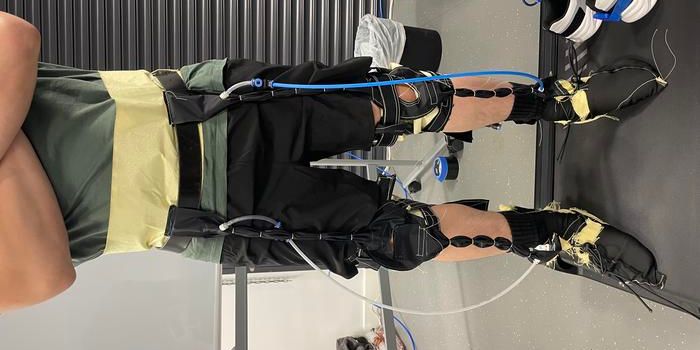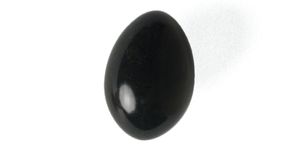What Would it Be Like to Land on Pluto?
It was only in the Summer of 2015 that the New Horizons spacecraft made its historic fly-by of the dwarf planet Pluto. As it approached, we got all sorts of new imagery of Pluto’s landscapes, and the images didn’t stop until New Horizons flew far enough away that we could no longer make Pluto out.
Some of the images grabbed insane details of Pluto’s surface formations, including that of its now well-known heart, and those bands of dark red rocky terrains that appear in certain places across the surface.
The following global mosaic was recently shared by NASA to show off a series of three color filter images that were captured by the Ralph/Multispectral Visual Imaging Camera that was affixed to New Horizons as it performed its mission:
Image Credit: NASA/JHUAPL/SwRI
From it, we learn that Pluto’s color patterns are far more extensive than previously thought. New Horizons only had the chance to observe one of Pluto’s hemispheres during its closest approach, but these color patterns suggest that we’d see similar colors and details throughout the entire planet.
You probably can tell that some of the imagery is crystal clear, while other bits of it are blurry, and that's because the clear parts were right in New Horizons at just the right distance away while the spacecraft was approaching Pluto, while the blurry parts were captured when New Horizons was too far away to get a clear photograph due to its calibrated focal depth of field.
Those images would come together to give us a better understanding of what the surface of Pluto looked like, and now, using at least 100 of those very same images captured over a 6-week period during 2015, NASA has been able to simulate what it might look like to land on Pluto. Check out the video below:
Since New Horizons never got close enough to Pluto to actually land on it, this is very much a dramatization more than anything. On the other hand, it’s really cool to see the images scale up as the spacecraft got closer to Pluto’s surface during its mission.
New Horizons is now headed for the Kuiper Belt, where it's expected to tango with a Kuiper Belt Object (KBO) in 2019. It's an icy body that may help us learn more about what resides out in the more distant reaches of our Solar System.
Source: NASA
